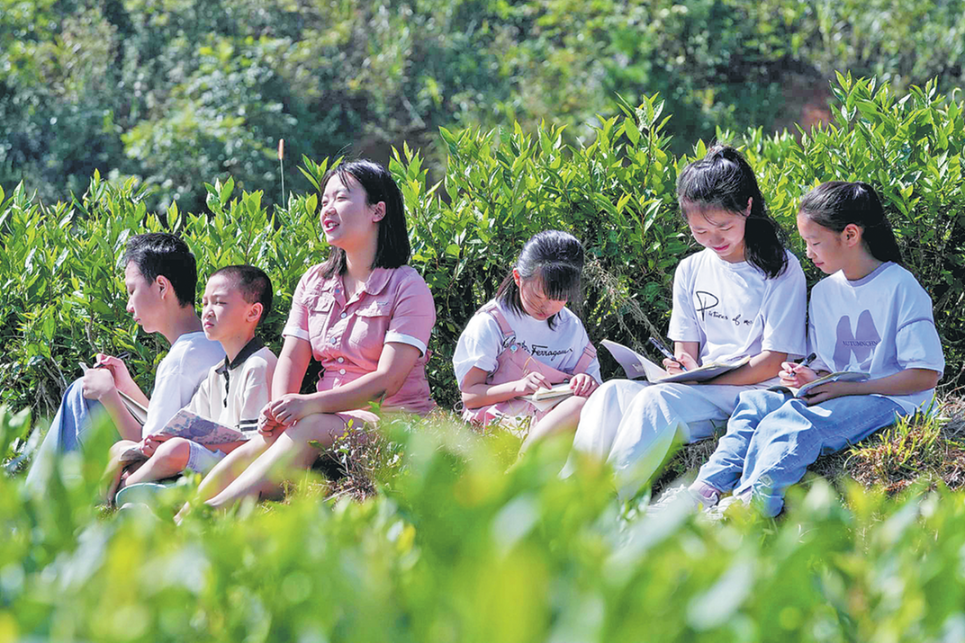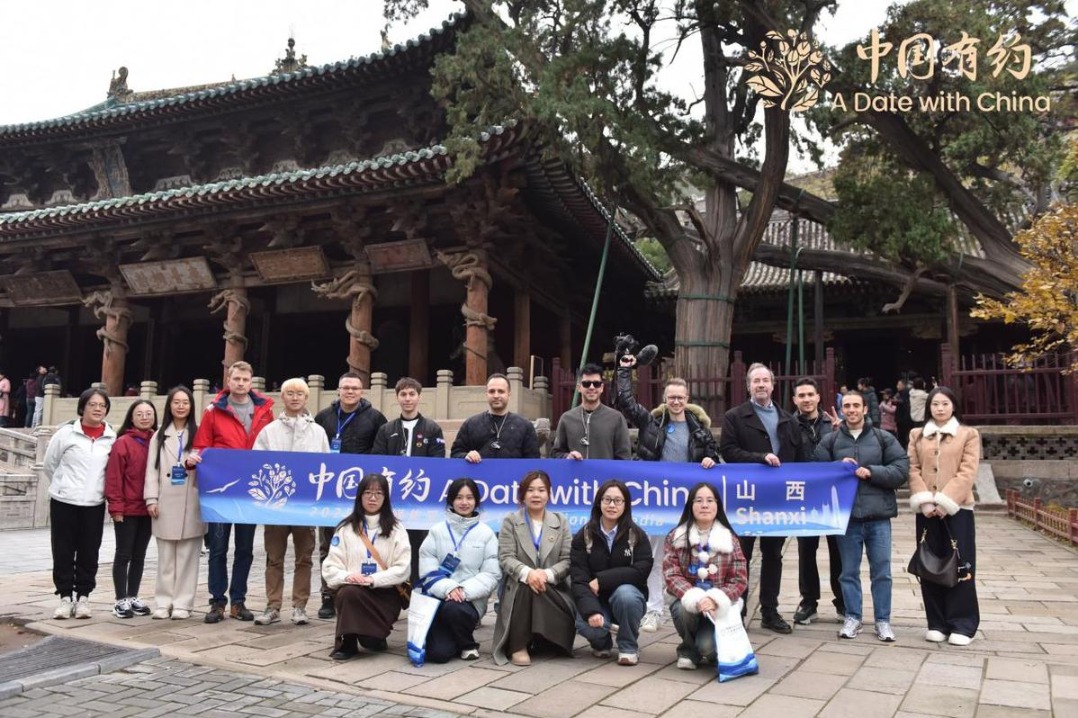Time to redefine old age in China for equitable growth


Population aging is one of the most significant demographic challenges of the 21st century, and China faces this transformation with exceptional urgency. According to the United Nations World Population Prospects 2022 and data from the National Bureau of Statistics of China, as life expectancy continues to rise and fertility remains well below the replacement level, the proportion of older persons in China's population is expanding at an unprecedented pace, reshaping the country's social and economic landscape. This demographic transformation has profound implications for labor markets, healthcare systems, and social security. However, one fundamental question remains insufficiently examined: What does "old age" really mean in today's China?
In a recent research paper published in the Journal of Population Ageing, my co-author M. S. Hossen and I argue that the conventional definition of old age — often fixed at 60 or 65 years — has become outdated. Such a static threshold exaggerates the extent of population aging, especially in societies where longevity is increasing rapidly. Using life table statistics and UN population data, our study proposes a new adjusted fixed old-age threshold (adjusted FOAT) for China.
The conventional assessment of aging is based on a fixed chronological limit that defines "old age." In contrast, the prospective old-age threshold (POAT), popular among contemporary demographers, adjusts this boundary dynamically with changes in life expectancy. While conceptually appealing, POAT has a drawback — it varies across time and population, complicating policy design and long-term planning.
To bridge this gap, our research proposes an adjusted FOAT that retains the stability of a fixed measure while incorporating empirical improvements in longevity. Between 2001 and 2025, our estimates suggest that the adjusted FOATs are 68 years for Chinese mainland, 73 years for the Hong Kong Special Administrative Region and the Macao Special Administrative Region, and 71 years for Taiwan province. These thresholds increase gradually — by about three years every 25 years — reflecting steady improvements in survival and health conditions. Taiwan follows a slightly different trajectory, rising by three years in the first three 25-year intervals but only two years in the final quarter of the century.
Why does this matter for policy? The implications of this revised threshold are substantial. Using the adjusted FOAT, we reassessed population aging indicators such as the old-age dependency ratio and elderly support ratio. The results show that China's aging burden appears less severe than often portrayed using the customary 65-year cut-off. Our comparative analysis between the adjusted FOAT and POAT (for five-year intervals) revealed no statistically significant difference in the aging indicators derived from the two methods. This means policymakers can rely on the adjusted FOAT as a practical and stable measure — one that captures the demographic reality without the volatility of year-to-year fluctuations in life expectancy. This approach provides them with a consistent benchmark for long-term planning. By adopting an adjusted FOAT, China can better calibrate the design of pension schemes, healthcare financing, and labor force participation policies. For example, adjusting the retirement age to reflect extended longevity could relieve pressure on pension funds while enabling older individuals to contribute productively for a longer period.
Demographic measurement is not merely a statistical exercise — it shapes how societies perceive aging and allocate resources. Overestimating the aging burden may lead to premature alarm and inefficient policy responses, while underestimating it can delay essential solutions or interventions. Our proposed adjusted FOAT offers a balanced middle ground: it acknowledges the demographic reality of longer, healthier lives while maintaining a fixed standard suitable for consistent policy application.
China's approach to aging must now shift beyond counting the elderly to understanding the evolving meaning of old age. By revising how "old age" is defined, the country can align its aging policies with actual demographic realities and promote more sustainable, equitable development across its regions.
Population aging is not inherently a crisis — it is the natural outcome of success in health, longevity, and social advancement. What matters is how countries adapt to it. The adjusted FOAT framework provides a scientifically grounded and policy-relevant tool for China. It enables policymakers to reframe aging not as an inevitable burden but as a manageable demographic transition that requires informed and adaptive governance. Hopefully, this framework will encourage further research and discussion on age thresholds and aging indicators — helping countries across Asia to develop aging policies that reflect both the similar pattern of demographic change and human potential.
The author is a professor at the Department of Population Science and Human Resource Development of the University of Rajshahi in Bangladesh.
The views don't necessarily reflect those of China Daily.
If you have a specific expertise, or would like to share your thought about our stories, then send us your writings at opinion@chinadaily.com.cn, and comment@chinadaily.com.cn.


































